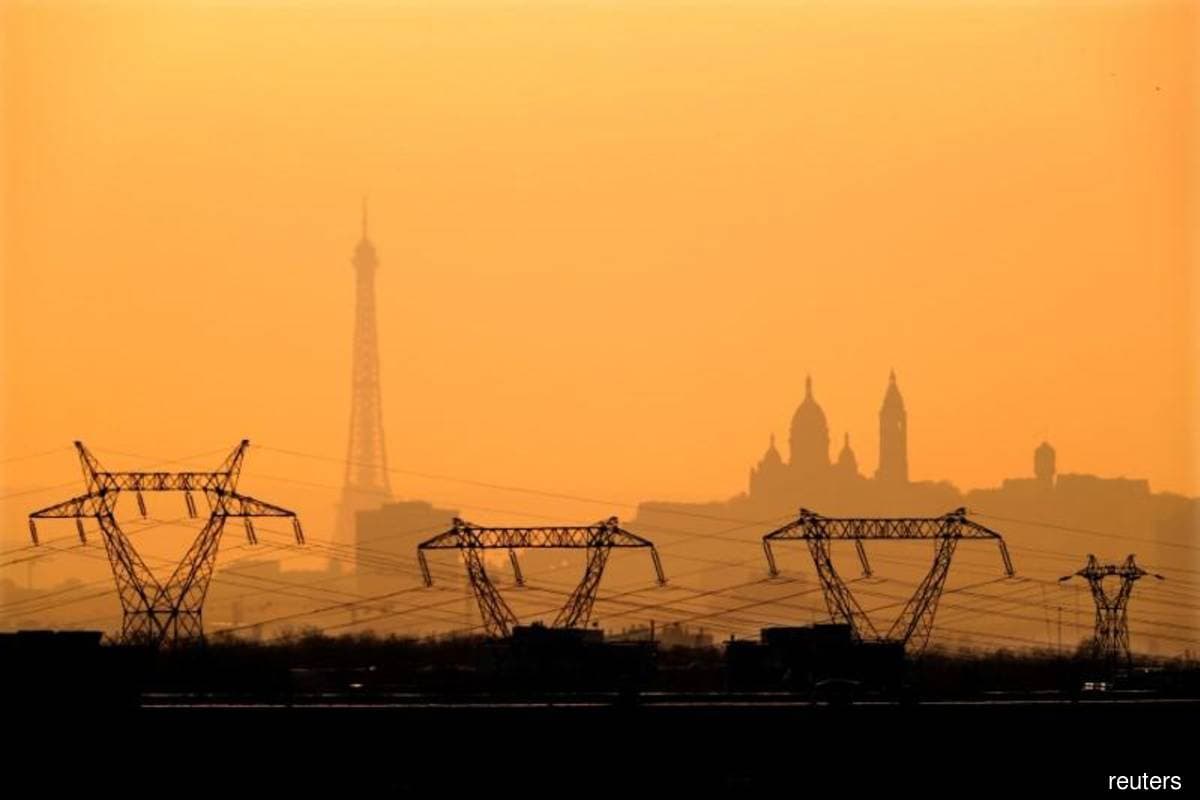
KUALA LUMPUR (March 3): At least US$21.4 trillion (RM95.66 trillion) needs to be invested in the electricity grid by 2050 to support a net-zero trajectory for the world, according to a new report from BloombergNEF (BNEF).
In its New Energy Outlook: Grids report published on Thursday (March 2), BNEF said the total investment comprises US$4.1 trillion to sustain the existing grid, and US$17.3 trillion to expand the grid for new electricity consumption and production.
It said annual investment should triple from US$274 billion in 2022 to US$871 billion per year in the decade preceding 2050.
BNEF said significant policy intervention is required to realise this scale of investment in the grid.
It said this includes streamlining the permitting process to reduce the number of permits required for a project, consolidate the review process among different agencies, and establish clear time frames for approval.
To ensure grid modernisation can accelerate, reforms are needed to create the right incentives for utilities to pursue digitalisation and grid flexibility, it said.
BNEF said annual expenditure on distribution networks should more than triple to about US$533 billion by 2050, from US$147 billion today.
It said as renewables expand, grid expenditure should lean towards building greater redundancy in the distribution grid, enabling bi-directional flows, and enhancing remote monitoring.
Transmission lines should continue to play an important role to connect markets, balance power between distribution grids, improve system reliability, and carry electricity from remote generators across the network.
BNEF head of grids and utilities Sanjeet Sanghera said: "We must effectively double the size of the global electricity grid by 2050."
“This future grid needs to be smart, flexible and responsive, enabling us to harness the full potential of renewable energy rather than be bogged down by it,” said Sanghera.
BNEF said digitalisation, which helps improve and extend the utilisation of the grid infrastructure, should represent 24%, or US$5.1 trillion, of total investment by 2050.
It said most of this goes towards implementing automation and control of the power system, or to increasing monitoring and situation awareness.
Digital deployments also help extend the lifetime of ageing assets, avoid costly new power lines, and affordably maintain reliability for both demand and generation connections, thereby cutting across all the drivers of grid investment, said BNEF.
Sanghera said the legacy grid was built for the industrial revolution and outperformed our wildest expectations.
“But the project ahead is to decarbonise the global economy by connecting terawatts of renewables, and electrifying as much as possible the end-use economy.
“The technologies, policies and strategies [for the] utilities needed to accomplish this goal are different from those that made the grid so successful in the past,” he said.
